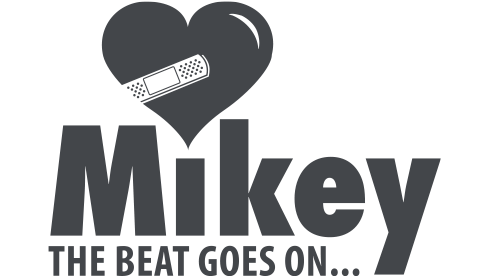UPDATE: Andrew made it!! On May 12, 2014, Andrew completed his 470 Km journey from Ottawa to Toronto, and crossed the finish line he was unable to cross only a year ago. We can’t thank Andrew enough for bringing awareness to the need for more public access defibrillators. We are amazed by what he was able to accomplish and we’re so proud he chose to represent The Mikey Network on this incredible run.
To see a day by day account of Andrew Rosbrook’s New Life Mikey Marathon, visit the Live Blog page we kept of his journey.

~ ~ ~ ~ ~ ~ ~ ~ ~ ~ ~ ~ ~ ~ ~ ~ ~ ~ ~ ~
Starting May 5, 2014 (approx. 8am), near Parliament Hill in Ottawa, Toronto police Const. Andrew Rosbrook, 48, of 54 Division, will begin a planned 470km run — exactly one year from the day he died.
Co-sponsored by TWO MEN AND A TRUCK© Canada and Heathwood Homes, Rosbrook’s “New Life Marathon” celebration run will raise awareness for the need for public access AEDs (Automatic External Defibrillators), like MIKEYs.
See Andrew’s Itinerary to join him for part of his run, or cheer him on along the way!
An athlete in need of an AED
Last year, on May 5, 2013, Toronto police Constable Andrew Rosbrook was within sight of the finish line of Toronto’s annual spring half-marathon, when he suffered a sudden cardiac arrest. He doesn’t remember the event; in fact, after hitting about the 15km mark, he doesn’t remember anything until he awoke at St. Michael’s Hospital hours later, with a second chance at life and 10 stitches on the gash to his chin he suffered when he collapsed.
It was the alarmed scream of a fellow runner as Rosbrook hit the ground that brought over Det. Laurie McCann, who was performing traffic detail nearby, and an off-duty physician there in support of his wife. A paramedic and a paramedic in training soon joined the CPR efforts to revive Rosbrook.
In response to a radio call, two paramedics with a MIKEY arrived by bicycle, and administered a shock to the chest that started Rosbrook’s heart and saved his life. He’d been without a pulse or a heartbeat for over five minutes. He was running again just one month later.
Needless to say, when Andrew contacted us to let us know what happened and the role the MIKEY played in his being revived, we were elated for Andrew and his family. That the MIKEY was available when Andrew needed it most is the very reason The Mikey Network exists.
Imagine our surprise when only 5 months after his cardiac arrest, Andrew told us he was running in the National Peace Officers’ Memorial Run! This is a relay run of 250 police officers and law enforcement professionals from Toronto to Ottawa to honour those officers who have given their lives in the line of duty. Each participant runs between 70 – 80km of the 470km route.
We couldn’t be prouder that Constable Rosbrook joined Team Mikey. He has been a fantastic advocate for The Mikey Network, bringing attention to the importance of placing Public Access Defibrillators. But Andrew is not done amazing us.
Andrew’s incredible 470km run
This year on May 5th, 2014, to mark the first anniversary of his cardiac arrest, Constable Rosbrook will start running from Ottawa to Toronto – the full 470km – to raise awareness for the need for more Public Access Defibrillators and raise the funds to help place them.
His run will take him from Parliament Hill in Ottawa, to Ontario Place in Toronto. He’ll have to complete 60 to 70 km each day. Many support runners including his wife Sandy, and mother Anita, will accompany Rosbrook for portions of his “New Life Marathon” celebration run, but it is his father Mike who will be his most constant companion.
Stops on Andrew’s Ottawa to Toronto route will include Kemptville, Brockville, Gananoque, Kingston, Napanee, Belleville, Trenton, Brighton, Cobourg, Port Hope, Newcastle and Oshawa, before he finishes (approx. 6pm, May 12) where his story began, at the same Ontario Place location of last year’s Toronto half-marathon finish line.
Runners are encouraged to join Rosbrook anywhere along the route.
UPDATE: May 4, 2014
Andrew’s Itinerary:
Day 1:
- Parliament Hill, Ottawa (By the Police Memorial) 8 am
- 258 Hunt Club Rd (Near Ottawa Airport) 9:30 am
- 1850 County Rd 19, Mantonick. 1 pm
- Kemptville, Ontario. 7 pm
Day 2:
- Kemptville, Ontario. 7 am
- Oxford Station, Ontario. 10 am
- 8865 County Rd 6. 3 pm
- Brockville, Ontario. 7:30 pm
Day 3:
- Brockville, Ontario. 7 am
- Browns Bay Park, 9259 1000 Island Pkwy, Mallorytown. 9:30 am
- Ivy Lea Campground, 649 1000 Island Pkwy. 2:30 pm
- Gananoque, Ontario. 6:30 pm
Day 4:
- Gananoque, Ontario. 7 am
- Treasure Island, 1753 Kingston 2, Kingston. 10 am
- 2808 Princess Street, Kingston. 3 pm
- Napanee, Ontario. 9 pm
Day 5:
- Napanee, Ontario. 7 am
- 102 Dundas St, Desoronto. 8:30 am
- Hwy 2 and Front St, Belleville, Ontario. 1:30 pm
- 17450 Hastings 2, Trenton. 6:30 pm
- Brighton, Ontario. 9 pm
Day 6:
- Brighton, Ontario. 7 am
- Grafton, Ontario. 10:45 am
- Cobourg, Ontario (Police HQ, Main St.) 2:30 PM
- Port Hope, Ontario. 4:30 pm
- 2 Boulton St, Newcastle. 10 pm
Day 7:
- 2 Boulton St, Newcastle. 7 am
- Courtice, Ontario. 10 am
- 131 Kingston Rd, Ajax. 3 pm
- 5500 Finch Ave. E, Scarborough, Ontario. 8 pm
Day 8:
- 5500 Finch Ave. E, Scarborough, Ontario. 11:30 am
- Yonge St and Davisville Ave, Toronto. 4 pm
- Yonge St and Queen St, Toronto. 5 pm – Should anyone wish to join me for a very VERY easy 5 km run to finish off my journey, please meet at theNW Corner, by the south doors of the Eaton Centre at 5PM
- Ontario Place, Toronto. 6 pm
“A MIKEY defibrillator played a crucial role in my survival and recovery, and my hope is that one day they’ll be commonplace in our society,” Rosbrook said. “To help spread that message, I will run, walk, crawl or stumble 60 to 70 km a day to the finish line of the race that nearly ended my life last year.”
“Our goal is to make defibrillators as common and as readily available as fire extinguishers,” says Mikey Network Chairman, and Heathwood Homes President, Hugh Heron. “That someone like Rosbrook — a young, impeccably fit runner — can suffer such a life-threatening cardiac event is precisely the reason why. This can happen to anyone, at any time. We’re thrilled that he’s here with us to embark on this run, and to help spread this vital message.”
Here is a clip of Andrew’s interview on CityNews from March 25,2014. (There are two 15 second ads you have see first- sorry about that- and if you’re on mobile, their embedded player doesn’t play nice so you’ll have to click here to see it.)
We need your help to achieve our goal
Please join us in supporting Andrew in his incredible goal by offering encouragement and making donations on his Fundraising Page.
For more of Andrew’s personal story, and to follow his training for the run, check out the Andrew Rosbrook’s New Life Marathon Facebook Page.
Please visit Andrew Rosbrook’s New Life Mikey Marathon Fundraising Page so that others like him can be saved by a MIKEY.


 Our good friends Jay and Cayla Solomon are doing something pretty special for The Mikey Network.
Our good friends Jay and Cayla Solomon are doing something pretty special for The Mikey Network.






